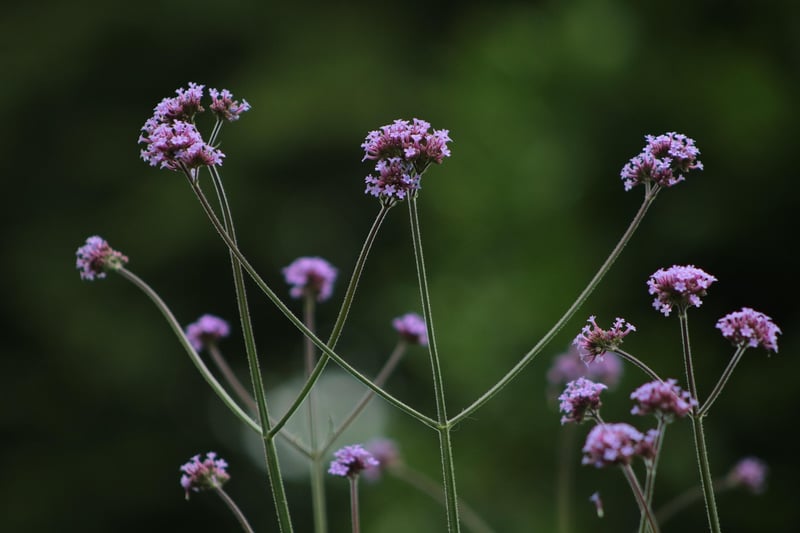Bee-friendly Plants
Creating Habitats for City Animals and Bee-Friendly Plants
Introduction
As urban areas continue to expand, it's crucial to provide habitats for city animals and promote biodiversity. One way to achieve this is by incorporating bee-friendly plants in our urban landscapes. Not only do these plants support pollinators like bees, but they also attract other beneficial wildlife, creating a more sustainable and vibrant ecosystem in our cities.
Benefits of Creating Habitats for City Animals
- Supports biodiversity and ecosystem health
- Reduces urban heat island effect
- Improves air quality
- Enhances overall well-being of residents
Importance of Bee-Friendly Plants
Bee-friendly plants play a crucial role in supporting pollinators like bees, which are essential for the reproduction of many plant species, including food crops. By planting bee-friendly flora in urban areas, we can help reverse the decline of bee populations and ensure the sustainability of our ecosystems.
Top Bee-Friendly Plants for Urban Gardens
- Lavender
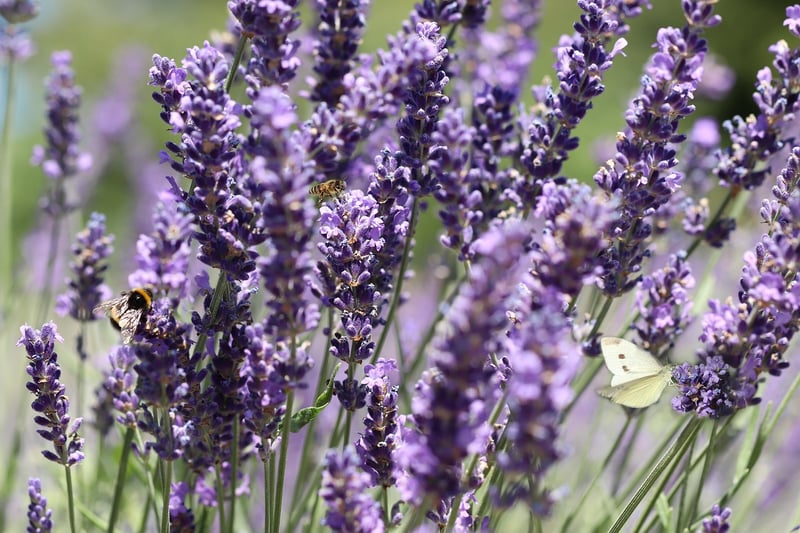
- Sunflowers
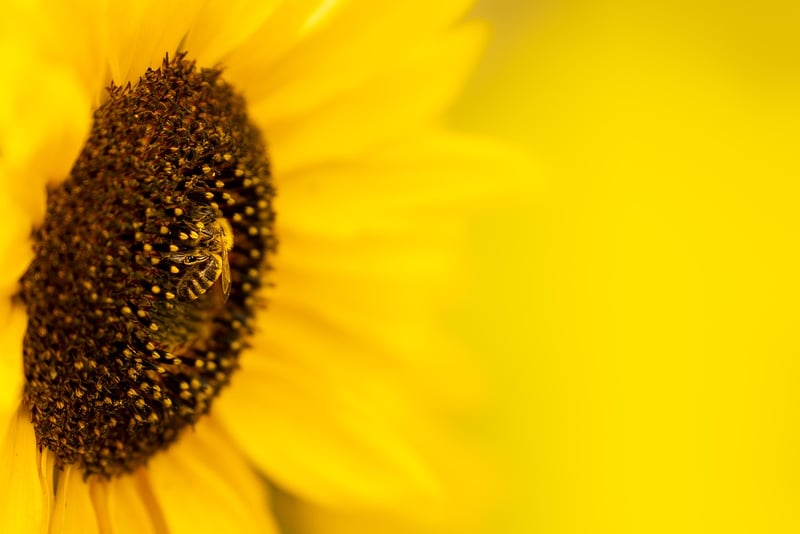
- Salvia
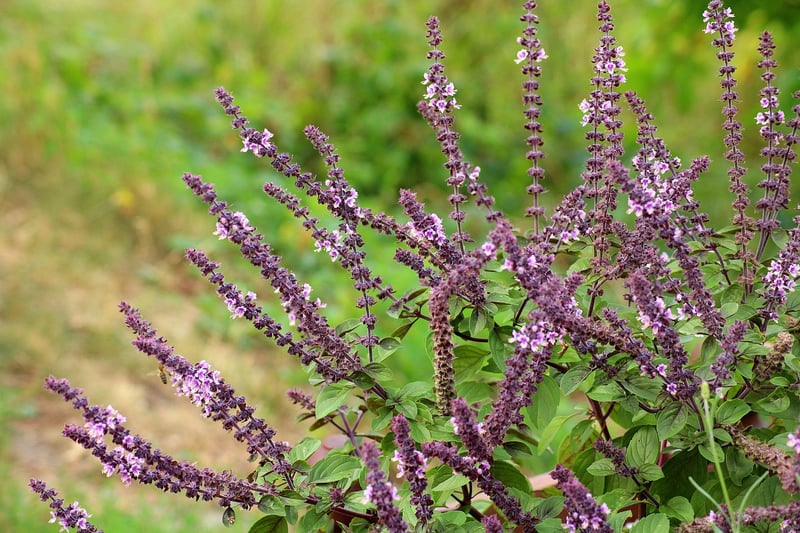
- Wild Bergamot

- Coneflowers
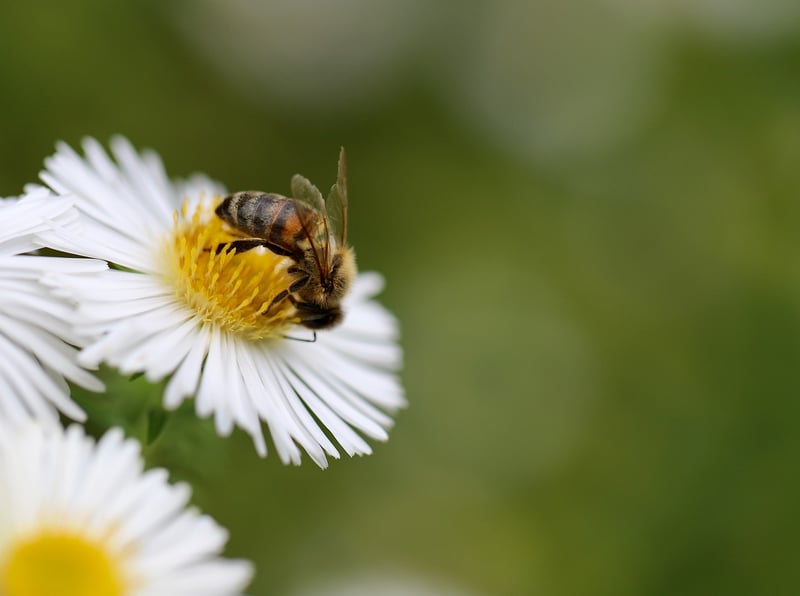
Tips for Creating Urban Habitats
- Plant a variety of native plants
- Provide water sources like birdbaths or small ponds
- Limit pesticide use to protect wildlife
- Create sheltered areas with bushes or trees
- Engage the community in habitat restoration projects
Conclusion
By incorporating bee-friendly plants and creating habitats for city animals, we can transform our urban spaces into thriving ecosystems that benefit both wildlife and residents. Small actions like planting a garden or installing a bird feeder can make a big difference in supporting biodiversity and promoting a healthier environment for all.
